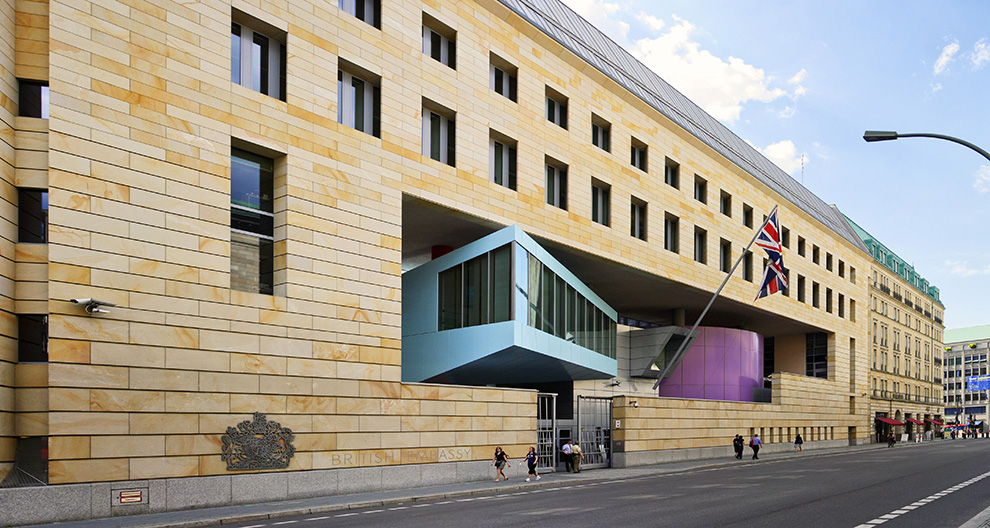Design Philosophy Ideas for Architecture

principles of design in art
A design philosophy in architecture refers to the set of guiding principles that inform the design of a building or structure. These principles can be based on various factors, such as the function of the building, the context in which it is located, the materials and techniques used to construct it, and the needs and preferences of the people who will use it.
Also Read:- Top 20 Best Architecture Masters Degree Programs After B.Arch
Design philosophy in architecture refers to the underlying ideas and values that inform the design of a building or other structure. It can include concepts such as functionality, sustainability, and aesthetics, as well as broader ideas about the role of architecture in society and the relationships between people and the built environment. Different architects and design firms may have their own unique design philosophies, which can influence the way they approach each project and the decisions they make throughout the design process.
Some common design philosophies in architecture include:
- Functionality: This philosophy emphasizes the practical aspects of a building, such as its ability to meet the needs of the people who will use it and to function efficiently.
- Sustainability: This philosophy focuses on designing buildings and structures in a way that is environmentally friendly and resource-efficient.
- Contextualism: This philosophy emphasizes the importance of a building’s context, such as its location and surroundings, in shaping its design.
- Aesthetics: This philosophy prioritizes the visual appeal and beauty of a building or structure.
- Innovation: This philosophy promotes the use of new technologies and materials in design, with the aim of pushing the boundaries of what is possible in architecture.
A design philosophy in architecture can also be a combination of these and other principles.
Ideas for Design Philosophy Architecture
Here are a few ideas for design philosophies in architecture:
- Accessibility: This philosophy prioritizes the needs of people with disabilities, ensuring that buildings and structures are designed in a way that is easily accessible for all.
- Cultural sensitivity: This philosophy involves designing buildings and structures in a way that is sensitive to the cultural context in which they are located, taking into account local customs, traditions, and values.
- Human-centered design: This philosophy puts the needs and preferences of the people who will use a building or structure at the center of the design process, aiming to create spaces that are comfortable, functional, and welcoming.
- Minimalism: This philosophy emphasizes simplicity and restraint in design, using only the necessary elements to create a clean, uncluttered look.
- Natural materials: This philosophy promotes the use of natural materials, such as wood, stone, and brick, in design, with the aim of creating a connection to the natural environment.
- Biophilic design: This philosophy incorporates elements of nature into the design of a building or structure, with the aim of improving the well-being and productivity of the people who use it.
- Futurism: This philosophy looks to the future, using innovative materials and technologies to create buildings and structures that are forward-thinking and visionary.
What are the 5 philosophies of design?
- Form follows function: This philosophy, which originated in the early 20th century, states that the form of a design should be based on its intended function. According to this philosophy, the primary purpose of a design should dictate its form, rather than the other way around.
- Less is more: This philosophy, also known as minimalism, advocates for simplicity and restraint in design. It suggests that by removing unnecessary elements, a design can be more effective and aesthetically pleasing.
- The whole is greater than the sum of its parts: This philosophy, known as holism, suggests that the overall impact of a design is greater than the sum of its individual parts. It emphasizes the importance of considering how all the elements of a design work together to create a cohesive whole.
- The user is central: This philosophy, also known as user-centered design, puts the needs and preferences of the user at the center of the design process. It suggests that designs should be tailored to the needs and goals of the people who will use them.
- Design should be aesthetically pleasing: This philosophy emphasizes the importance of creating designs that are visually appealing and pleasing to the senses. It suggests that well-designed products and environments can have a positive impact on people’s mood and well-being.
Why is design philosophy important in architecture?
Design philosophy is important in architecture because it helps to guide and inform the design process, ensuring that the resulting building or structure meets the needs and goals of the people who will use it. A design philosophy provides a set of guiding principles that can help architects and designers make decisions about the form, function, and materials of a building, and can help to ensure that the final design is cohesive and coherent.
A design philosophy can also help to distinguish an architect or design firm from others in the industry, as it reflects their unique approach to design and the values that guide their work.
In addition, a design philosophy can be an important tool for communicating the vision and goals of a project to clients and stakeholders, as it helps to clearly articulate the guiding principles and intentions behind the design.
Overall, having a well-defined design philosophy can help to ensure that the design process is focused and purposeful, and that the final product is functional, aesthetically pleasing, and aligned with the needs and goals of the people who will use it.
What is Zaha Hadid design philosophy?
Zaha Hadid was a renowned architect known for her innovative and visionary approach to design. Her design philosophy was grounded in the belief that architecture should be a fluid and expressive form that responds to the needs and context of the people who will use it.
Hadid’s work was characterized by its futuristic and organic forms, which often defied traditional architectural conventions. She was a pioneer of parametric design, a computer-aided design method that allows for the creation of complex, dynamic shapes and forms.
In addition to her focus on form and innovation, Hadid also believed in the importance of creating designs that were responsive to their context and that enhanced the lives of the people who would use them. She was committed to designing buildings and spaces that were sustainable and that celebrated the diversity and culture of the communities in which they were located.
Overall, Hadid’s design philosophy was characterized by a focus on innovation, fluidity, and a human-centered approach to design.








